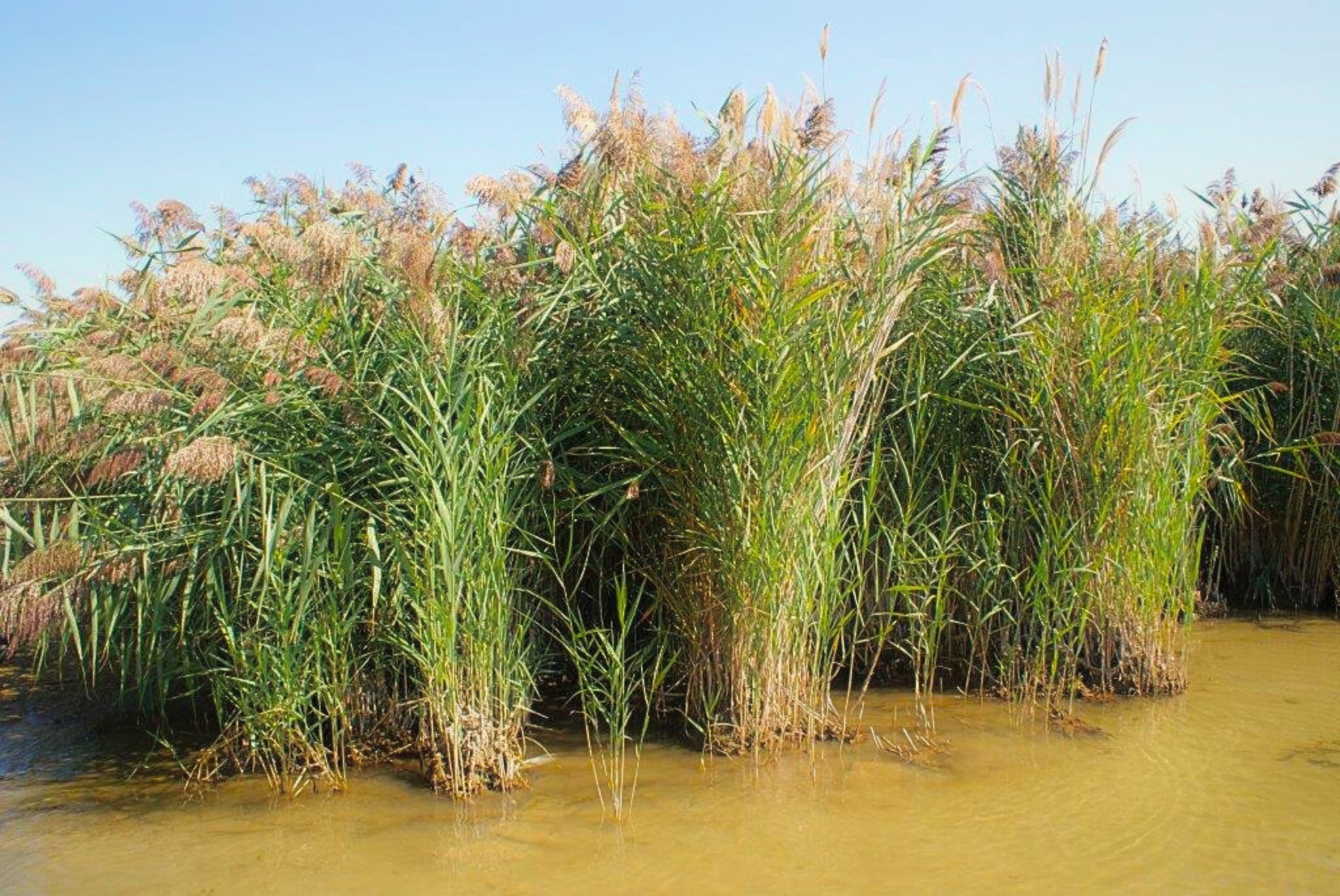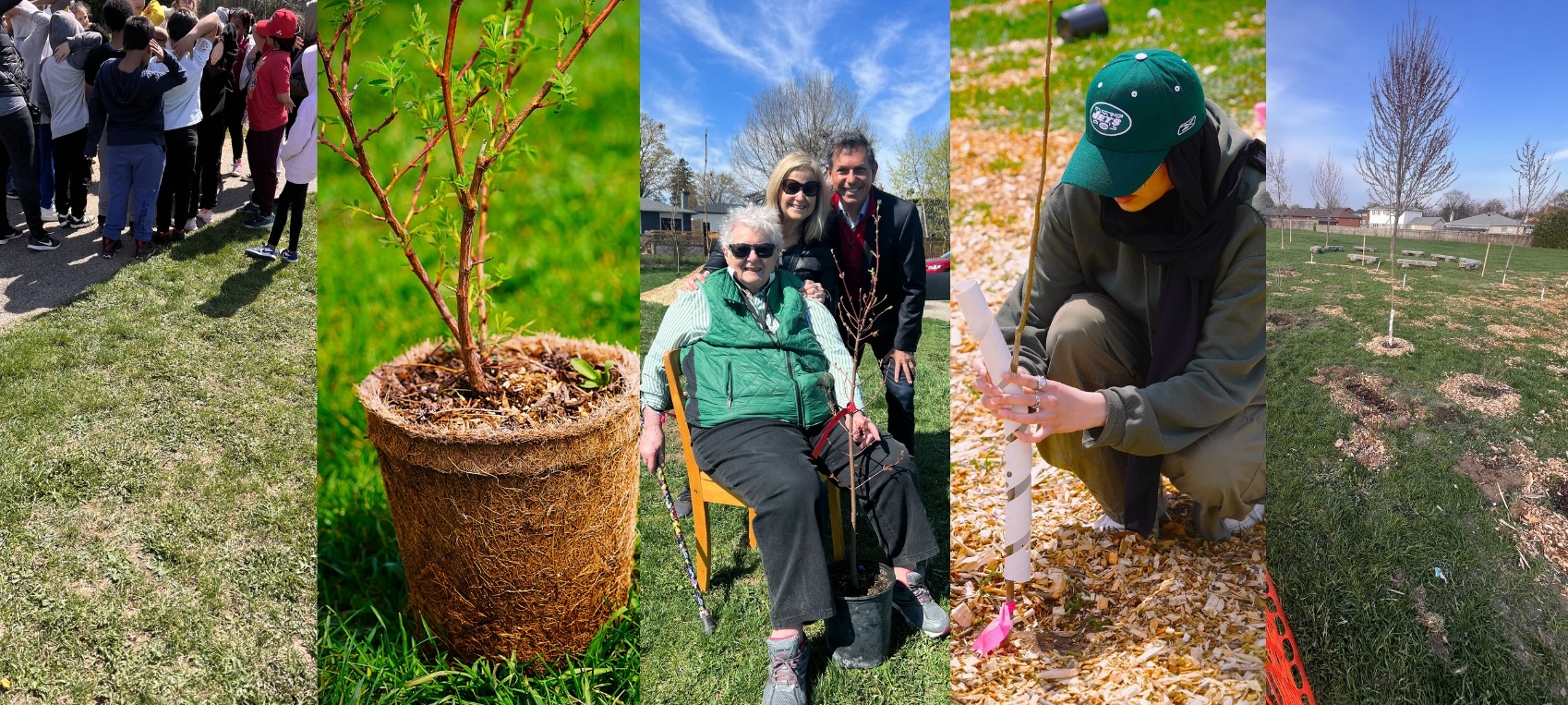Canada is home to some of the most diverse ecosystems in the world, from boreal forests and grasslands to riparian zones and urban green spaces. But these ecosystems and all that live within, including humans, are increasingly under threat from a highly damaging force of nature: invasive plants. According to the World Conservation Union, invasive species are among the leading causes of biodiversity loss worldwide, second only to habitat destruction, and invasive plant species are no exception.
What exactly are invasive plants?
Invasive plants are non-native species that, once introduced—whether intentionally or accidentally— spread aggressively, outcompeting native species for both space and nutrients, with devastating ecological consequences including biodiversity loss, altered habitat, disruption of critical ecosystem services—soil stabilization, water regulation and pollinator support, to name just a few—and, sometimes, risks to human health and well-being.

How do invasive plants take over?
Invasive plant species often lack natural predators or controls, and generally have shallow roots, allowing them to grow faster and reproduce more efficiently than native vegetation. Many also thrive in disturbed environments. Some, such as garlic mustard (Alliaria petiolata) and dog-strangling vine (Vincetoxicum rossicum) can also alter soil chemistry by releasing chemicals that suppress the growth of native species, through a process called allelopathy, while others, such as the aforementioned DSV, or invasive phragmites (Phragmites australis subsp. australis) literally “choke” out native plant species, sometimes even blocking animal movement, or altering water flow.
How is ACER helping combat invasive plant species?
ACER integrates invasive plant species awareness as part of our community tree planting/monitoring and restoration initiatives. For example, during community tree planting and monitoring events and workshops, participants are taught how to identify common invasive plant species, how and where to report findings, and what the best practices for removal and prevention are (or where to find out more information). ACER’s tree plantings in schoolyards (P4C program) and riparian zones (Riparian Rangers program) also directly help to strengthen native biodiversity to reduce the impact of invasive plant species.

What can YOU do?
Invasive plant species management starts with awareness and prevention. Here are some ways you can get involved:
- Know the invasive species in your area and the best practices for their removal and disposal; the Ontario Invasive Plant Council and your local conservation authority are excellent sources of information
- Do NOT plant invasive species, even if they are available at your local garden centre or your landscaper
- DO plant native species whenever possible, as they support local pollinators, enrich biodiversity, and are adapted to local climate conditions
- Clean your boots, bike tires, and pets after hiking in natural areas to avoid spreading of their seeds
- Participate in a local invasive species removal event or identification and mapping project.

Biodiversity is not just a buzzword; it’s the foundation of healthy, stable and resilient ecosystems. While invasive plant species pose a growing challenge, through education, collaboration, and action, individuals and communities can work together to reduce their impact and safeguard our ecosystems. “Invasive plants don’t just replace native species; they erase the ecological relationships built over millennia between plants, insects, birds, and mammals. That’s why we need to act early and together.”—Dr. Sadia Butt, ACER Program Manager.
Stay tuned for the next edition of our Spotlight Series, where we shine a light on other pressing environmental issues and topics shaping our world!
Written by Canada Summer Jobs intern Julie Chee

Want to learn more? Check out the following resources!
Photos by Julie Chee— August 2025
Published August 21, 2025








